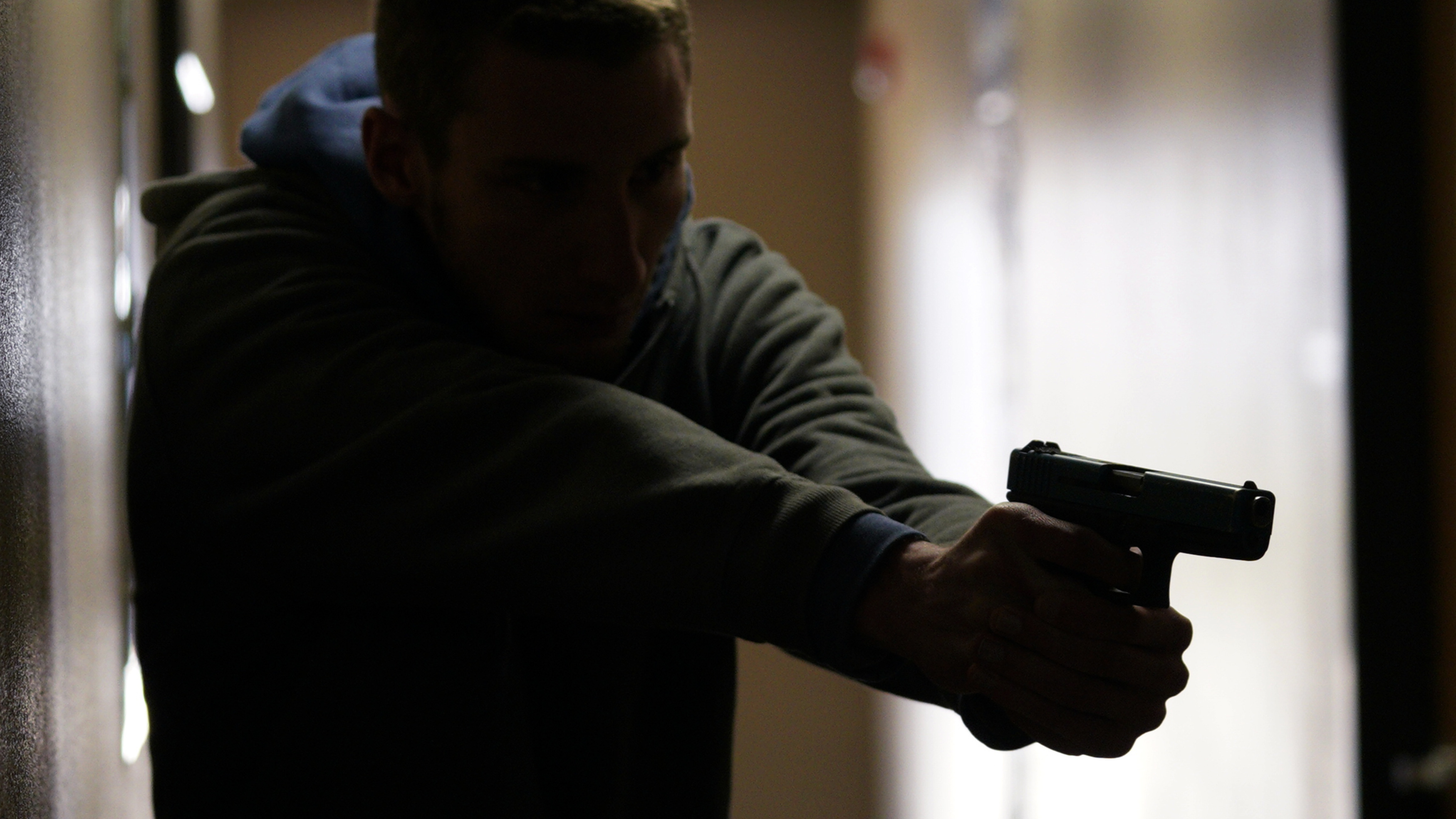
Apparently, Menchaca was the ex-brother-in-law of Duarte. Vela and his family were living in Okanogan County. Apparently, Vela and his family were afraid of Menchaca, who just finished serving a prison sentence in California. Also, Vela had already contacted Menchaca when Menchaca returned from California and told Menchaca to stay away from his family.
On the date of the incident, Vela’s wife called Vela and said she thought she saw Menchaca driving by their house. Vela went home, retrieved a firearm and then was heading to Brewster to pick up a child, when he saw Menchaca parked along the road on old Hwy 97 near the Chiliwist Road. Vela stopped and confronted Menchaca. According to a witness at the scene, Vela then pulled out a pistol and shot the Menchaca two or three times. Menchaca died at the scene from the gunshots.
Vela then drove back to his home, put the gun away and called 911 to report the shooting. Vela told Deputies he was at his home and would be waiting for them. Deputies arrived and picked up Vela without incident. Vela was transported to the Okanogan County Jail and booked for various firearm offenses and Murder in the Second Degree.
The trial occurred in January 2015. Prior to jury selection, the State moved in limine to exclude evidence of Menchaca’s prior bad acts. Vela responded that he sought to admit certain prior bad acts of Menchaca known to him to establish the reasonableness of his fear of Menchaca. Specifically, Vela wanted to introduce testimony that (1) Menchaca threatened to return to Okanogan and kill Duarte Vela’s after being released from prison, (2) Menchaca kidnapped Vela’s younger sister in 2007 when she was just 15 years old, (3)
Menchaca had repeatedly battered Vela’s sister throughout their marriage, and that she had told Vela about this, (4) Vela’s wife witnessed the domestic violence abuse from Manchaca to Vela’s sister (5) Vela was told by his family members about Menchaca’s threat to kill his family and Menchaca’s domestic violence against Blanca, (6) Vela feared Menchaca being around his family, (7) Vela believed he needed to arm himself when he went to his sister’s apartment to confront Menchaca, (8) Vela’s wife told him the SUV driver Martinez and Menchaca gave her a threatening look when the SUV first parked in or near the pullout, (9) why Vela followed the SUV the first time, (10) why Vela believed there were two people in the car when he followed the SUV the first time, (11) Martinez’s statement to him that he was alone in the SUV, (12) what he felt when he saw Martinez later drive by with Menchaca in the passenger seat, (13) why Vela had an elevated fear as he went after the SUV for the second time, (14) Vela’s wife being upset when he returned and explained that Menchaca was not in the SUV, (15) Vela’s belief that something was wrong when Martinez and Menchaca both got out of the car and walked toward him, (16) what Vela feared Menchaca and Martinez might do as they walked toward him, and (17) the degree of bodily harm Vela feared just before he shot Menchaca, as Menchaca became upset and reached into his pocket.
However, the trial court excluded the proferred evidence on the basis that the testimony was irrelevant, too remote in time and ultimately inadmissible.
However, the trial court denied the instruction. The jury returned a verdict of guilty on all counts. Vela appealed.
several miscellaneous statements offered by Duarte Vela to show his state of mind, the
trial court erred,” said the Court.
“Menchaca’s past threat to kill Vela’s family was central to Duarte Vela’s ability to explain the reasonableness of his fear. Unless the evidence was inadmissible under the State’s other arguments, the trial court’s exclusion of this evidence deprived Vela of the ability to testify to his versions of the incident.”
a defense. It therefore reversed and remanded for a new trial.






